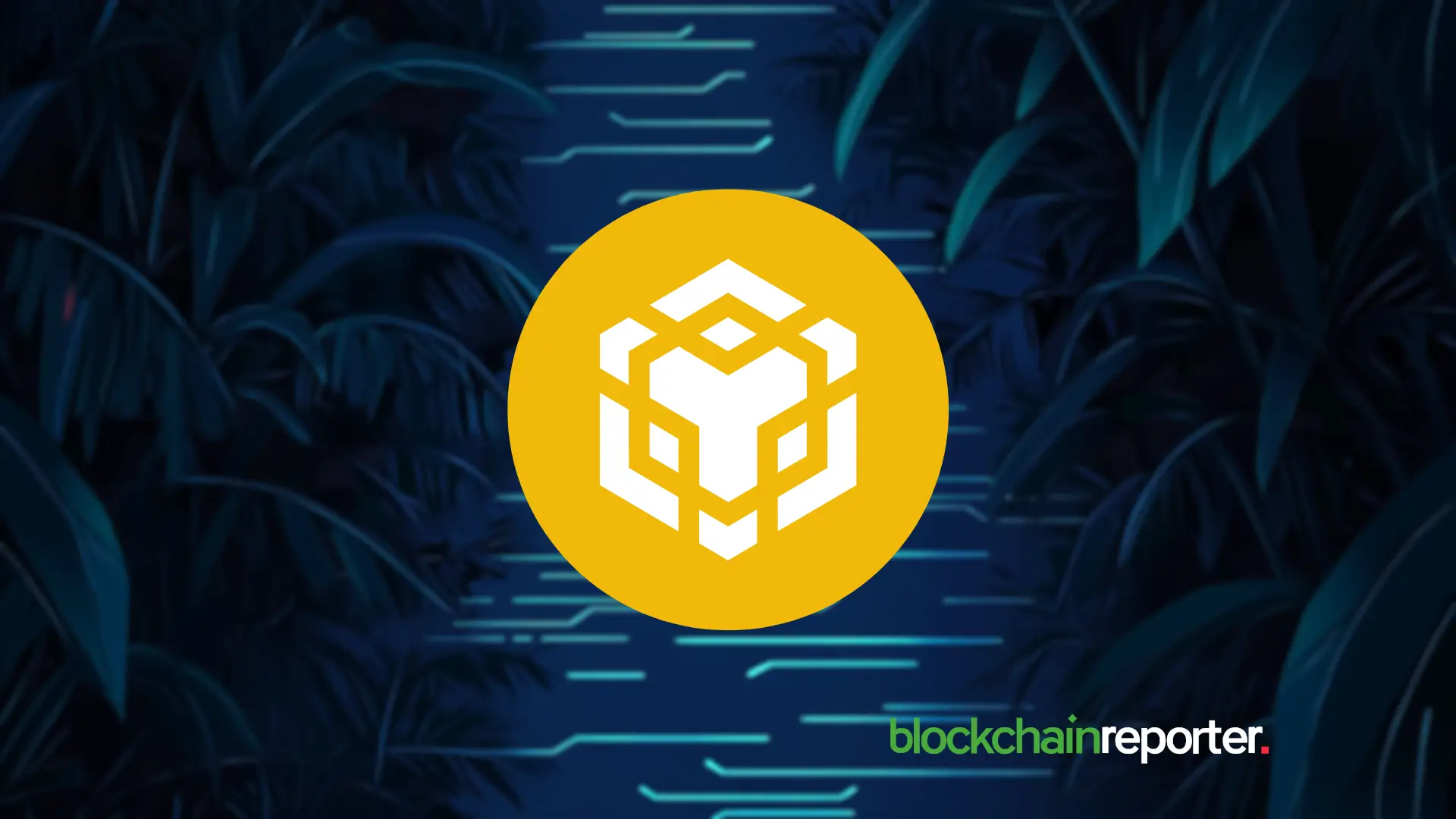It focuses on solving the inefficiencies of existing digital currencies and payment systems. It uses a new directed acycles (DAG) architecture called Block Lattice, in which each user who transacts on a network has its own blockchain that updates asynchronously with the rest of the network. NANO transactions are therefore very fast, with an average processing time of less than a second. Transactions on the Internet are also free; A key feature designed to benefit all users and encourage decentralisation across the network.
Algorithm combination. In contrast to a blockchain with a central chain, each Nano account has its own blockchain, called an "account chain," for storing transaction records and balance history. The goal is to provide more scalability while also giving users the ability to send funds while the recipient is offline. In order to send or receive a transaction, a proof of work (PoW) problem needs to be performed. This implementation of PoW is different from traditional blockchains that use PoW to reach consensus. The Nano PoW is used at the transaction level to prevent spam attacks, which may try to flood the network for free through arbitrary transactions, given the free nature of the Nano.
When the account owner executes a transaction, "Send blocks" are added to their account chain, and their balances are updated. The transaction is then placed in an irreversible "pending" state until the receiving account adds a "receiving block" to its account chain and updates its balance. Thus, the latest block on any chain contains the current balance of that account, and each account chain is updated asynchronously with other account chains on the network.
Nano uses open Representative Voting (ORV), a form of distributed proof of stake (dPOS), where volunteers can help protect the network by becoming representatives. In this system, accounts choose a representative by updating their account chain, giving users more control over who validates transactions. There are two different types of delegates: primary delegates (PR) and non-primary delegates. The only difference between the two types of representation is that PR votes are re-broadcast by other nodes that receive votes, helping the network reach consensus faster. To become a PR, Nano accounts must have at least 0.1% of the online voting weight. The incentive to participate in the network translates into indirect, operational cost savings by creating a system where representatives do not pay operating costs. In addition to protecting the network, this consensus mechanism uses less energy than other popular blockchains.







